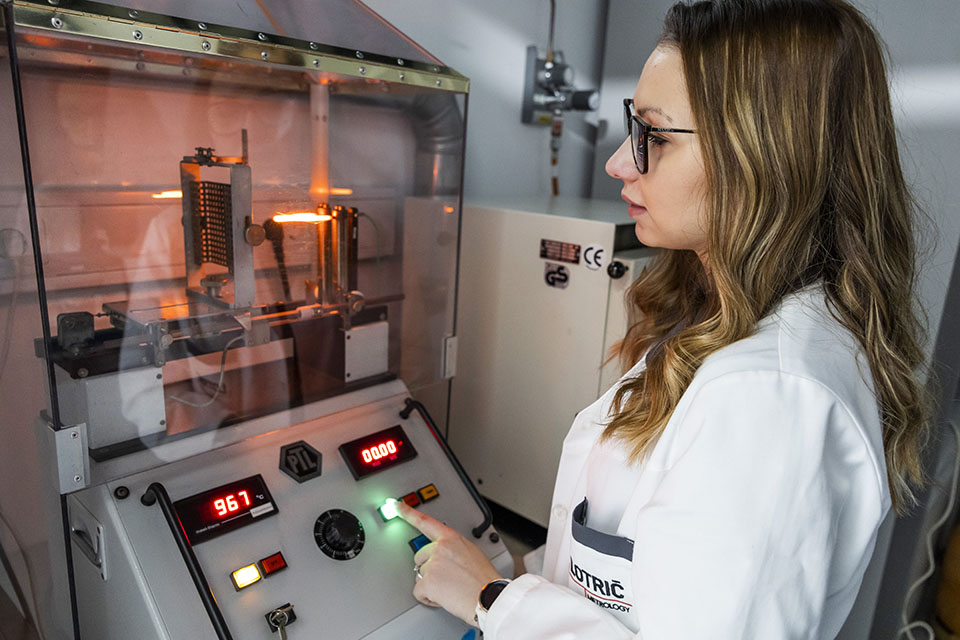|
Different tests are used to determine whether a material is rigid, tough, hard, soft, stretchable, brittle and resistant to certain media.
Different stresses (high or low temperature and exposure to certain chemical agents) can affect the mechanical properties of polymeric materials.
Some tests can be performed on the granulate or finished product, while for others the standards require the production or injection moulding of standard test pieces.
|



